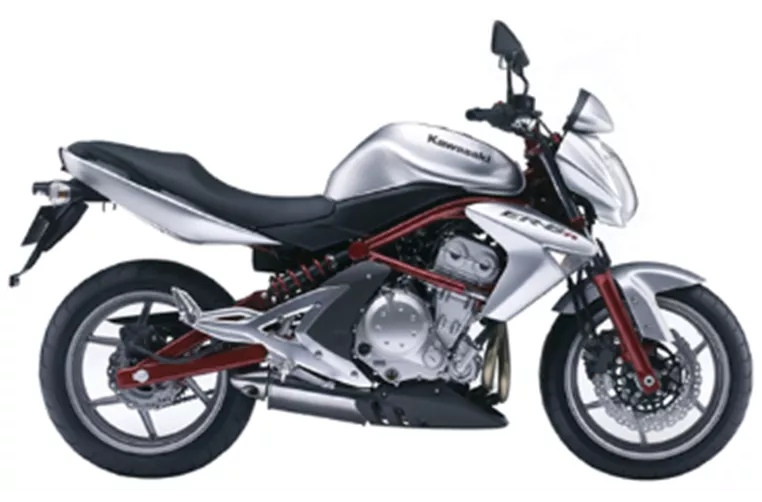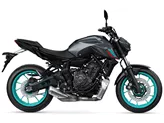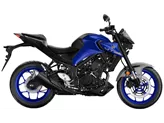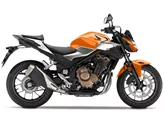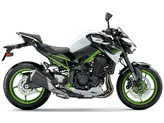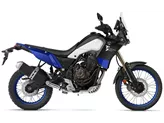Kawasaki ER-6n 2008 vs. Yamaha MT-07 2016
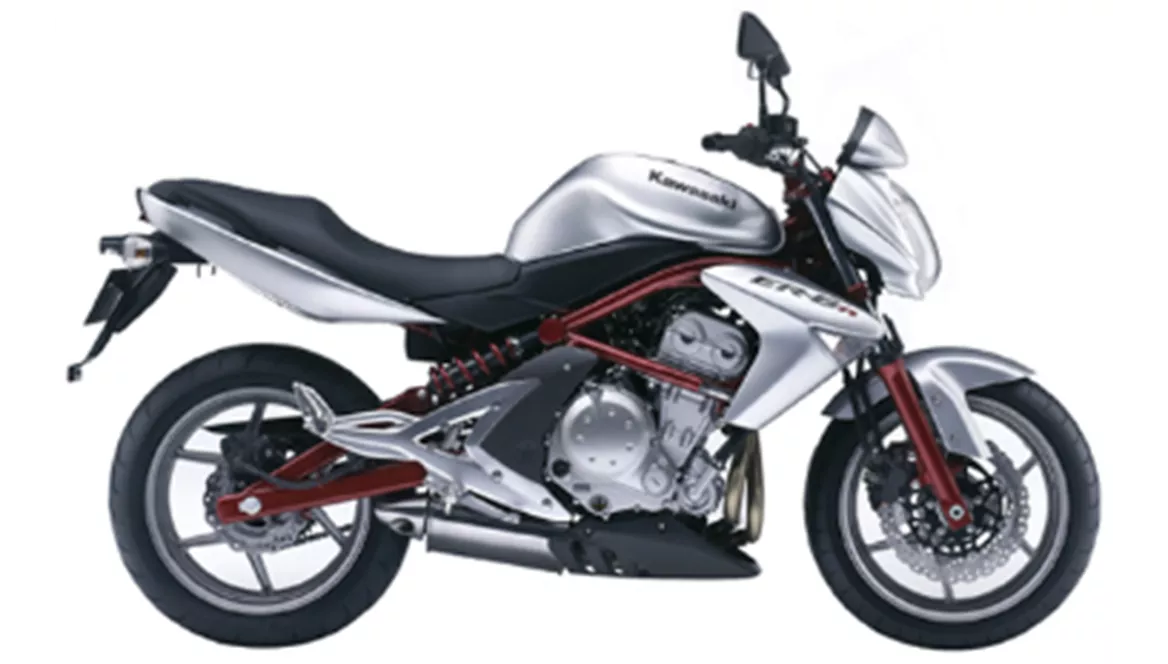
Kawasaki ER-6n 2008

Yamaha MT-07 2016
Overview - Kawasaki ER-6n 2008 vs Yamaha MT-07 2016
The Kawasaki ER-6n 2008 and the Yamaha MT-07 2016 are both popular naked bikes that offer a thrilling riding experience. While they have some similarities in terms of engine power, cooling system, and number of cylinders, there are also notable differences in their technical specifications and overall performance.
In terms of engine power, the Yamaha MT-07 2016 has a slight advantage with 75 HP compared to the Kawasaki ER-6n 2008's 72 HP. This difference may not be significant, but it can still be felt during acceleration and top speed. Both bikes have a liquid cooling system, ensuring optimal engine temperature even during long rides.
When it comes to displacement, the Yamaha MT-07 2016 has a larger engine at 689 ccm, while the Kawasaki ER-6n 2008 has a slightly smaller engine at 649 ccm. This difference may result in a slightly more powerful and torquey performance from the Yamaha MT-07 2016, especially at higher RPMs.
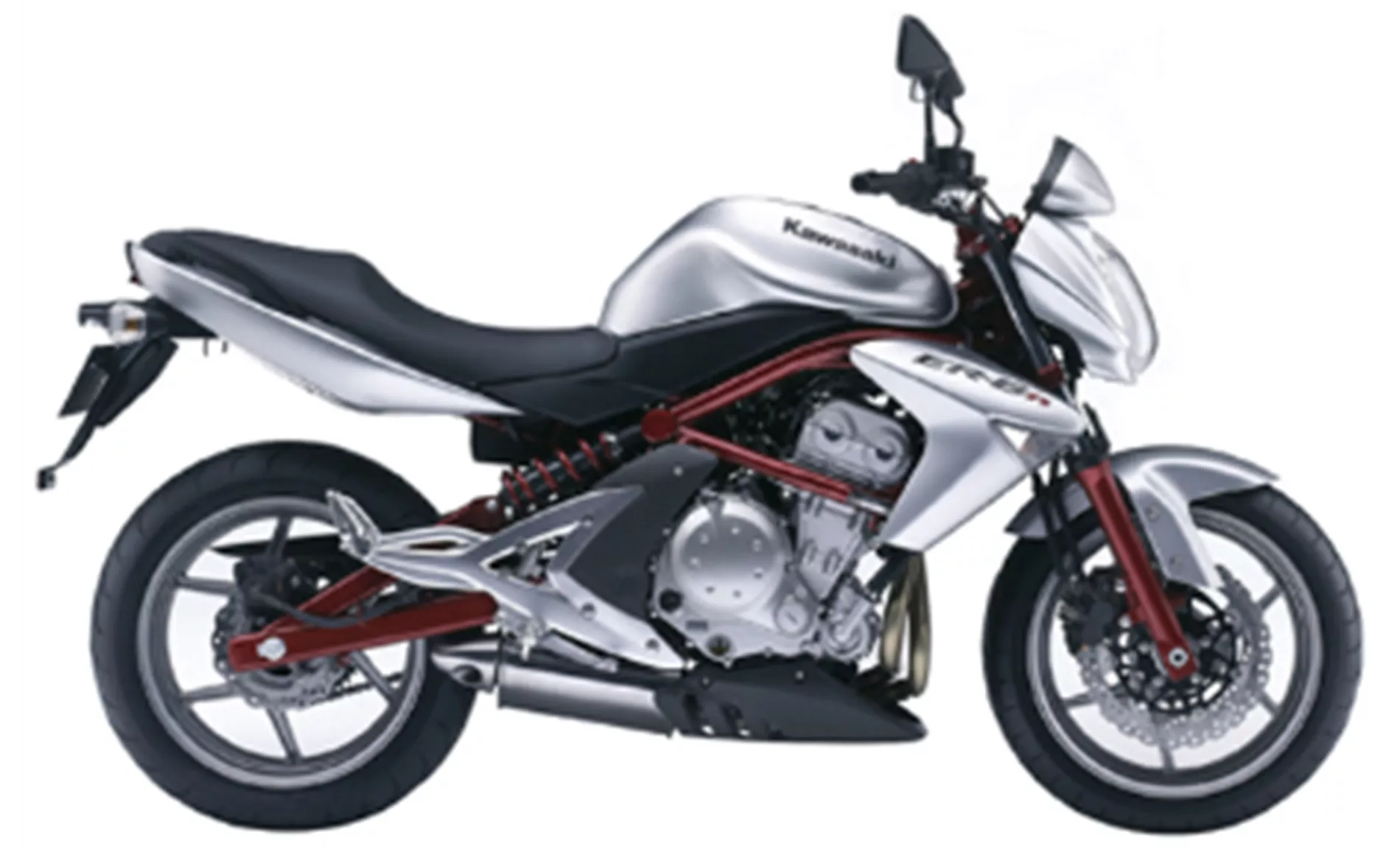
Kawasaki ER-6n 2008
In terms of dimensions and weights, both bikes have a similar wheelbase, with the Kawasaki ER-6n 2008 measuring at 1405 mm and the Yamaha MT-07 2016 at 1400 mm. This means that both bikes offer good stability and maneuverability, making them suitable for both city riding and longer journeys.
However, there are some differences in seat height and fuel tank capacity. The Kawasaki ER-6n 2008 has a lower seat height at 785 mm compared to the Yamaha MT-07 2016's 805 mm. This may make the Kawasaki more accessible for shorter riders, while the Yamaha may provide a more commanding riding position for taller riders. In terms of fuel tank capacity, the Kawasaki ER-6n 2008 has a larger tank at 15.5 liters, while the Yamaha MT-07 2016 has a slightly smaller tank at 14 liters. This may result in slightly longer range for the Kawasaki ER-6n 2008, reducing the need for frequent refueling on longer rides.
Moving on to the strengths of each bike, the Kawasaki ER-6n 2008 is praised for its lightness, precision, and rideability. It has a modern and dynamic look that appeals to riders looking for a stylish bike. Additionally, it is considered beginner-friendly with trustworthy ergonomics and the added safety feature of ABS.
On the other hand, the Yamaha MT-07 2016 is known for its very agile engine and easy handling. Its low weight contributes to its nimble nature, making it a joy to ride in tight corners and urban environments. The bike also boasts a powerful braking system and a comfortable seating position, allowing for long rides without discomfort. The throaty sound of the engine adds to the overall excitement, while the extensive and easy-to-read display provides important information at a glance.

Yamaha MT-07 2016
However, there are also some weaknesses to consider. The Kawasaki ER-6n 2008 may not be suitable for taller riders over 1.80m, as the sitting position with regard to the footrests can be uncomfortable. Additionally, it may not be the best bike for performing wheelies due to its design and characteristics.
On the other hand, the Yamaha MT-07 2016 has a chassis that some riders find a little soft, which may affect the bike's stability in certain situations. The footrests can also drag quite easily, especially during aggressive cornering. Some riders have also noted that the bike has some cheap plastic parts and a boring telescopic fork, which may not match the overall quality and performance of the bike.
In conclusion, both the Kawasaki ER-6n 2008 and the Yamaha MT-07 2016 are capable naked bikes that offer exciting rides. While the Yamaha may have a slight advantage in terms of engine power and displacement, the Kawasaki compensates with its lightness, precision, and beginner-friendly features. Ultimately, the choice between these two bikes will depend on individual preferences, riding style, and specific needs.
Technical Specifications Kawasaki ER-6n 2008 compared to Yamaha MT-07 2016
Pros and Cons in comparison
Pros and Cons in comparison
Kawasaki ER-6n 2008
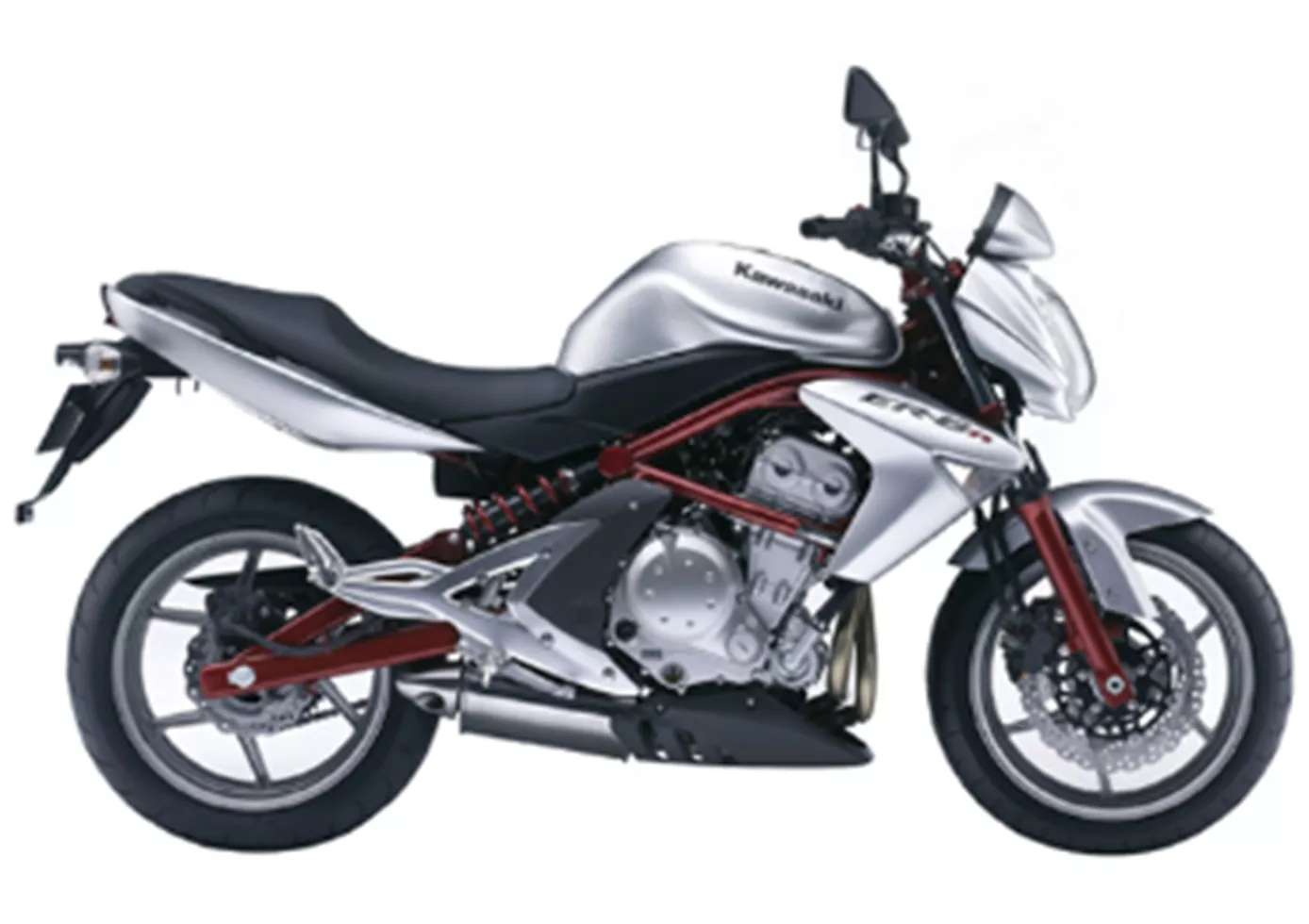
Kawasaki doesn't build toys. The ER-6N is getting more serious - and remains beginner-friendly.
Yamaha MT-07 2016

The MT-07 is an incredible fun machine that is extremely sporty to ride. The brakes pack a punch, the handling is superb and the engine is currently by far the most agile powerplant in this class - and even above.
Price Comparison Avarage Market Price Kawasaki ER-6n vs Yamaha MT-07
There are a few key differences between a Kawasaki ER-6n 2008 and a Yamaha MT-07 2016. It takes less time to sell a Yamaha MT-07 with 51 days compared to 57 days for the Kawasaki ER-6n. Since model year 2006 1000PS.de editors have written 16 reviews for the Kawasaki ER-6n and 69 reviews for the Yamaha MT-07 since model year 2013. The first review for the Kawasaki ER-6n was published on 6/29/2005 and now has more than 11,200 views. This compares to more than 12,600 views for the first review on Yamaha MT-07 published on 11/4/2013.
